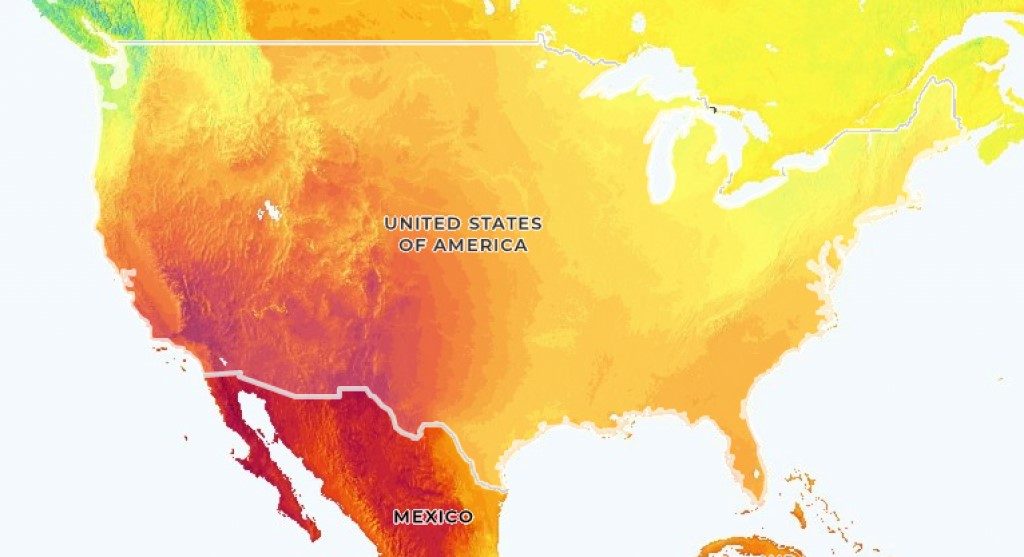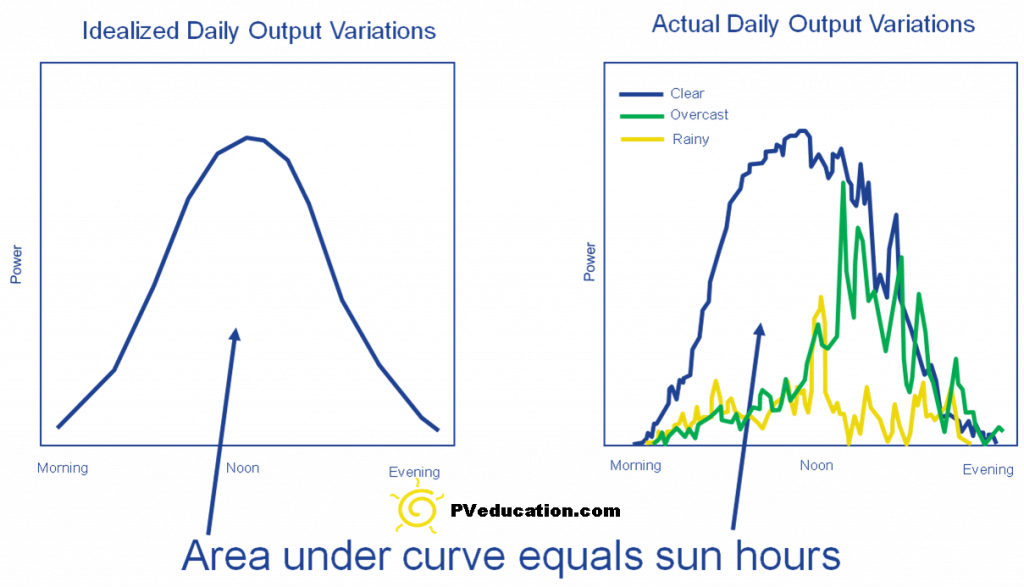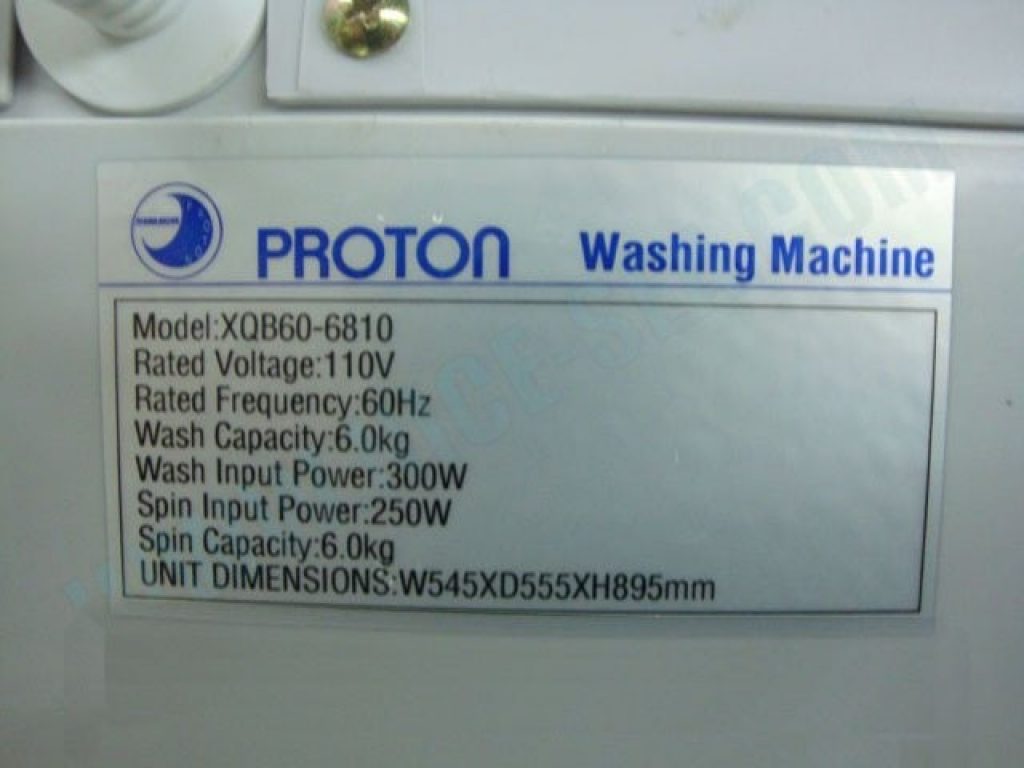Are 500-watt solar panels worth paying attention to in 2025? Yes and no. Here’s why:
About half a decade ago, the size of a standard solar panel varied between 200-300 watts. It wasn’t until the past couple of years that we discovered manufacturers had been working secretly to double those figures.
Sure, we expect solar panels’ size, efficiency, and maximum power output to improve as time goes on, but not at such a fast pace.
It stands to reason that we should be praising solar developers for introducing 400W-500W solar panels to the market.
However, as we will explain later, 500-watt solar panels are not yet optimal for residential spaces. This is because the existing variety of 500-watt solar panels is still relatively large — 72 cells spanning 2.2 meters by 1.1 meters. This makes them more suitable for large commercial and industrial setups.
Table of Contents
What is a 500-watt solar panel made of?
In 2020, two solar module firms – Risen Energy and Trina Solar – revealed their 500-watt solar panel made of half-cut monocrystalline PERC cells.
Recently, we discussed conventional solar panel cell architecture. The primary variations within the marketplace are monocrystalline and polycrystalline, and thin-film.
We also mentioned that solar panels made of monocrystalline cells are more efficient compared to their polycrystalline cousins.
Now let’s take things a step further and talk about an advanced solar cell architecture for monocrystalline called PERC.
The Passivated Emitter and Rear Cell (PERC) concept to improve monocrystalline cells has recently gained traction. Modifying monocrystalline cells to adopt PERC attributes enables each cell to produce 6 to 12% more energy than before.
Therefore, it makes sense that top solar companies like Trina, and Jinko solar all turned their attention to this manufacturing tactic. Most 500-watt solar panels they began engineering adopted the PERC monocrystalline cells.
The bottom line
Manufacturers invested in the 500-watt solar panel race focus on adopting modern methodologies related to solar cells’ material and architecture.
How much power does a 500-watt solar panel produce?
Under ideal conditions, a 500-watt solar panel produces 500 watts.
So, what constitutes ideal conditions?
Let’s consult the below map. If you’re familiar with some of our earlier posts, you may already know that the amount of power a 500-watt solar panel produces depends heavily on solar irradiance. Irradiance describes the solar power per unit area (W/m2).

Source: Global Solar Atlas.
Other factors that affect solar panel power output are the time of the day, panel orientation, and panel tilt.
So, what is ideal?
Solar panels installed in South-Western states, facing South, with a 30 to 40-degree tilt.
Naturally, you’ll get zero (0) watts if you check its power output in the evening. But if you want to see that satisfying 500-watt power, check your solar monitor between 10 am to 2 pm.
What isn’t ideal?
Solar panels installed in the North-Eastern state of North Dakota. Even though your array may be facing South and has the ideal tilt during noontime, it’ll still only receive half the number of sunny days as California.
How much energy does a 500W solar panel produce?
Before we proceed, let’s discuss the difference between power and energy.
- Power: Power is the work carried out by an electric circuit. In this case, the electric circuit is your 500-watt solar panel wired to a power inverter.
- Energy: Energy refers to the length of time an electric circuit produces any amount of work.
Ideally, your 500-watt solar panel receives about 5 hours of direct sunlight on a good day.
“Wait! 5 hours? Hold up. The sun is up from 7 am to 5 pm on a typical day! That doesn’t make sense.”
Let’s explain: your 500-watt solar panel is already receiving solar power from the sun by 7 am. However, it doesn’t give your 500-watt solar panels enough solar power to run at maximum output.
Throughout the day, your solar power varies depending on the level of solar irradiance available.
On a good day, your 500W solar panel behaves as illustrated on the bottom left-hand side of the graph below.
However, conditions aren’t always ideal, as you can see on the bottom-right-hand side of the graph.

A lot of things can prevent sunlight from reaching your panels. Therefore, even though your 500-watt solar panel is receiving irradiance in the early hours of the morning, it’s not receiving enough to produce maximum power.
In summary, a 500-watt solar panel produces energy equivalent to 5 hours of its maximum daily power. 500- watts multiplied by 5 hours is 2,500 watt-hours.
What can I power with a 500-watt solar panel?
What you can power with a 500-watt solar panel depends on your appliance’s rating. You can view this information on the manufacturer’s nameplate attached to your device. It should look something like this:

Take note that the sum of all appliances’ input power requirements should not exceed your solar panel’s power output at any given time. For this reason, knowing the bell curve solar power output is essential to reduce your consumption as you move farther away from peak production hours.
Let’s look at an example
This washing machine consumes 300 watts — yes, we recognize that it goes down to 250 watts during spin mode. Now, as long as full sunlight is available, your 500-watt solar panel can power this appliance alongside a 100-watt laptop and three 20 to 35-watt cell phones.
So, what happens if you’re home at noon but still want to use your solar panel for laundry in the evening? Fortunately, this is possible.
Nowadays, you can install an energy storage system and solar panels. An energy storage system is a smarty pants term for rechargeable batteries.
More details on batteries to follow in the next section.
How many batteries does a 500W solar panel need?
Now, let’s see how many batteries you need for a 500-Watt solar panel.
A 500-watt solar panel requires 2,500-watt hours worth of batteries. Some of you may be more comfortable using ampere-hours.
Either way, it’s not hard to determine the amount. Simply use the following equations and the sample manufacturer’s specifications.
| Description | Value |
|---|---|
| Peak Power (Pmax) | 525W |
| Material | 72 Half-cut monocrystalline cells |
| Dimensions | 2,300×1150mm (90×45 inch) |
| Open Circuit Voltage (Voc) | 50V |
| Maximum Power Voltage (Vmp) | 40V |
| Maximum Power Current (Imp) | 13A |
| Short Circuit Current (ISC) | 13.7A |
Equation 1
Peak Power (Pmax) / Maximum Power Voltage (Vmp) = Maximum Power Current (Imp)
Equation 2
Maximum Power Current (Imp) x Sun hours = battery size that can be charged (Ampere-hours)
Applying these formulae, we get the following:
525 watts / 40 V = 13.125 Amperes (this is approximately the Maximum Power Current)
13.125 A x 5 sun hours = 65.625 Ampere-hours
To conclude
In conclusion, a 40V, 500W solar panel can produce 65.625 amps with 5 hours of sunlight. This is enough to fully charge an empty 60 Ampere-hour or a 2,500-watt-hour battery hooked to your solar inverter.
Which companies offer 500-watt solar panels in 2025?
Currently, many of the top solar panel companies offer 500-watt solar panels.
Here’s a look at some of the brands and their products available on the market:
| Company | Wattage | Solar panel |
|---|---|---|
| SunPower (Maxeon) | 520-545 W | Performance 5 UPP |
| LONGi | 530-555 W | Hi-MO 5m |
| Ja Solar | 530-555 W | Deep Blue 3.0 |
| Q Cells | 570-590 W | Q.Peak Duo XL-G11 |
| Jinko Solar | 520-550 W | Tiger Pro 72HC |
| Canadian Solar | 530-555 W | HiKu6 Mono PERC |
| Trina Solar | 560 W | Vertex TSM-DE19 |
How much does a 500-watt solar panel cost?
Using information gathered from the NREL Solar Photovoltaic System, and Energy Storage Cost Benchmarks Q1, 2022 document, the cost of a 500-watt solar panel is approximately $0.25 per watt.
However, soft costs such as hauling, transporting, storing, convenience, and other state-specific price adjustment factors increase this price from $0.7 to $1.50 per watt. That gives us a total of $350 – $750 per solar panel.
Final thoughts
The thought of having 500-watt solar panels for your solar system sounds attractive. It’s a testament to the fact that solar developers are constantly finding ways to push boundaries. Unfortunately, the current 500-watt solar panel selection isn’t quite ready to cater to the residential sector.
There are a lot of reasons behind this. For example, 500-watt, 72-cell modules are just too large and, therefore not practical for home applications.
There are also issues concerning compliance with the national electric code, like maximum inverter voltage limits for commercial buildings.
FAQs
Are there any residential applications where 500-watt solar panels might be suitable?
While 500-watt panels are generally larger and more suited for commercial spaces, they might be suitable for residential properties with expansive roof space or ground-mounted installations where space isn’t a constraint. However, homeowners should also consider the weight and ease of installation.
How does the efficiency of a 500-watt solar panel compare to smaller panels?
The efficiency of a solar panel refers to its ability to convert sunlight into electricity. While 500-watt panels can produce more power due to their size, it doesn’t necessarily mean they are more efficient. The efficiency would depend on the technology and materials used in the panel.
Is the installation process for 500-watt solar panels more complicated than for smaller panels?
The installation might be more challenging due to the size and weight of 500-watt panels. It may require more manpower or specialized equipment, especially if the installation site is hard to access. It’s essential to consult with a solar installation professional to assess the feasibility.
How do 500-watt solar panels fare in terms of durability and lifespan compared to smaller panels?
The durability and lifespan of a solar panel are influenced by its build quality, materials, and the environment it’s placed in. While 500-watt panels might be built with advanced technologies, their lifespan should be comparable to high-quality smaller panels, typically around 25-30 years.
Can I mix 500-watt solar panels with smaller panels in my solar array?
Technically, it’s possible to mix different panel sizes in a solar array. However, it’s crucial to ensure that the panels are compatible in terms of voltage and current to avoid inefficiencies or potential damage. It’s always recommended to consult with a solar professional before mixing panel sizes.
Do 500-watt solar panels require special inverters or other equipment?
The inverter should be compatible with the voltage and current specifications of the 500-watt panel. Given the higher power output of these panels, it might require inverters that can handle higher input voltages. It’s essential to ensure that all components of the solar system are compatible for optimal performance and safety.
Bottom line
The dawn of 500-watt solar panels tells us that future solar panels will be more compact and harness more solar power per square inch. However, this technology is still considered immature to be widely adopted by U.S. residents.

